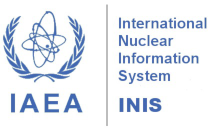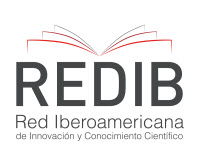New article published: V. 13 n. 3 (2025)
Primary standardization of Radionuclide 123I
Abstract: Short half-life radionuclides are essential for Nuclear Medicine. These radionuclides are mostly incorporated into more complex molecular or cell structures possessing specific pharmacological characteristics. This resulting compound is named a “radiopharmaceutical” and has been applied for diseases diagnoses and therapy. The use of radiopharmaceuticals involves exposure to ionizing radiation, which, although carefully controlled, poses potential health risks to patients and healthcare professionals. To minimize these risks while maintaining the benefits of radiopharmaceutical use, administered doses must be highly accurate and precise. This requirement compels new demands on National Metrology Institutes (NMIs) in order to improve primary standardizations methods for these short half-life radionuclides, ensuring the standards used to calibrate activity meters in hospitals and nuclear medicine clinics achieve the highest possible precision. Iodine-123 (123I) is currently used for several applications in radiodiagnosis, primarily for evaluating pathologies and thyroid tumors. This work presents the primary standardization of ¹²³I performed by the 4πβ(LS)-γ(NaI(Tl)) live-timed anticoincidence counting method. High-resolution gamma-ray spectrometry detected no significant radionuclidic impurities. Thus, through this work, LMNRI/IRD prepared for the key comparison of the BIPM K4 series using the SIRTI instrument. Read full article.






















